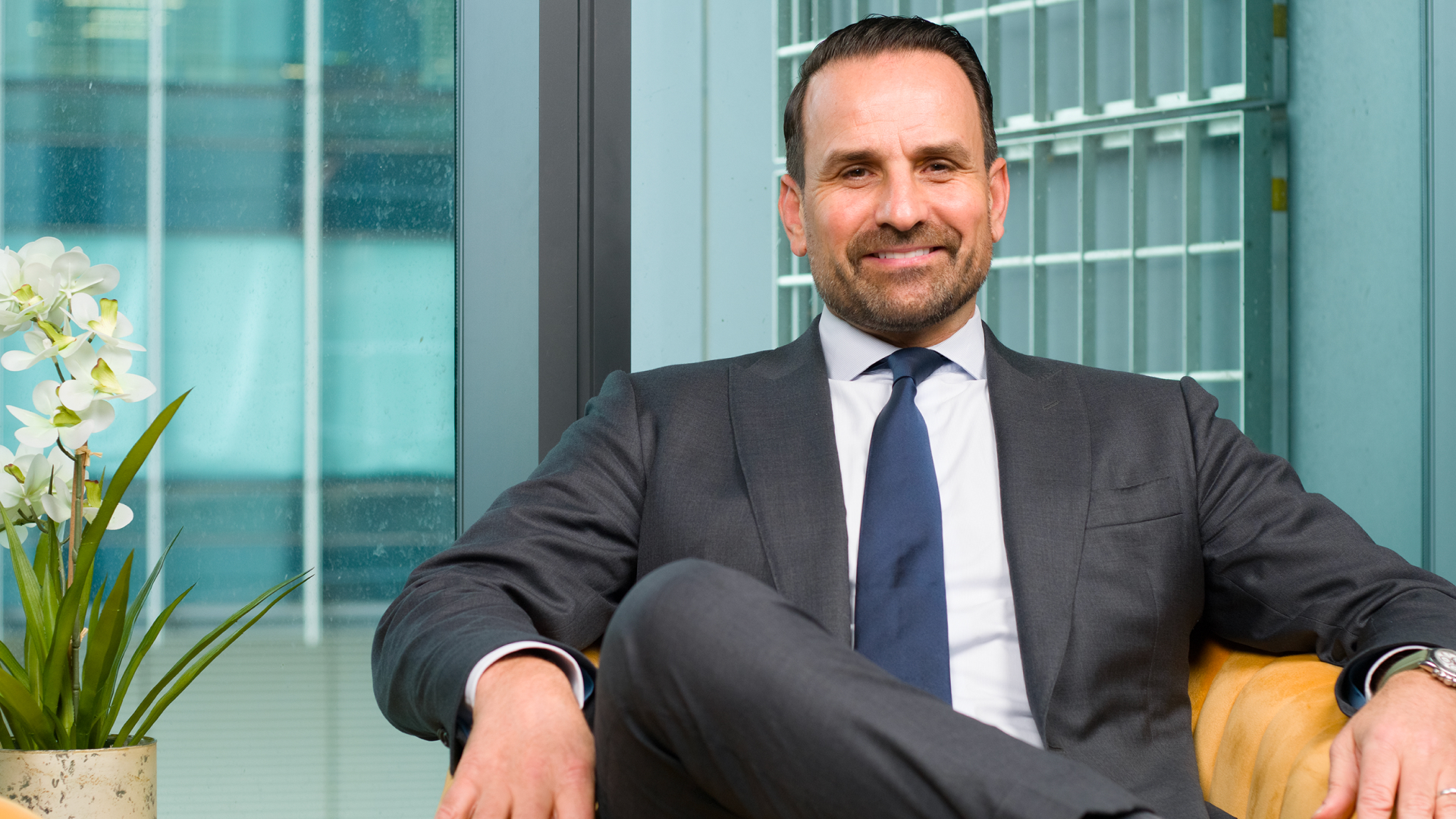The property cycle has turned - here’s what Centuria is buying
Please note this interview was filmed 9 October, 2025.
After three years of rising rates and falling property values, Centuria Capital’s joint CEO Jason Huljich says the tide has finally turned. With stabilising valuations, strong leasing activity and renewed offshore interest, he believes investors are entering one of the most attractive points in the real estate cycle in years.
“We think the best time in the cycle to invest is now,” he says. “Real-time data across our portfolio shows valuations are now stabilising and we believe that it’s going the right way.”
Watch the interview above for all of the insights, or read an edited summary below.
INTERVIEW SUMMARY
From pressure to stabilisation
Centuria Capital manages around $20 billion across seven sectors – industrial, office, retail, debt, healthcare, agriculture and data centres. That broad exposure offers a clear view of how far markets have come since the aggressive rate-rising cycle began in 2022.
“Since May 22, we had 13 interest rate rises,” Huljich says. “It made it tough for property – higher interest costs, lower returns.”
But after several challenging years, valuations are beginning to lift. “Across all those buildings, valuations actually went up 1% for the 30 June period,” he notes. “Industrial assets have been lifting for 18 months, while offices are now stabilised and heading the right way.”
Confidence is also showing up in listed markets. “If you look at the ASX 300 REIT index, 26 of the 31 real estate companies are positive over the past year,” Huljich says. “It shows institutional investors are flowing into the real estate stocks because they think the cycle is starting to turn.”
Supply squeeze meets population boom
Australia’s population growth is adding pressure to already tight markets – and not just in housing.
“For every million people that come into the country, you need 400,000 homes,” Huljich says. “But you also need other sectors as well – about 1.8 million square metres of office, a million of retail, four and a half million of industrial, and 12,000 hotel rooms.”
Meanwhile, construction costs have risen so sharply that many new projects simply don’t stack up. “Pre-COVID, it was probably $10,000 a metre to buy the land, construct the building, lease it up – you’re all in for about $10,000 a metre. Fast forward to now, it’s about $15,000,” he says. That’s leaving forward supply “very limited”, and supporting rents and valuations across sectors.
“Even office, which has been the poorest performing sector over the last few years, should have really good tailwinds over the medium term,” he adds.

Where Centuria is leaning
Industrial remains the group’s most active sector. Centuria’s latest fund is backed by the largest industrial deal ever completed in South Australia – a $220 million estate in Adelaide.
“We had demand for over $300 million of equity for the $116 million we were raising,” Huljich says. “So it’s heavily oversubscribed. Industrial’s definitely been one of the strongest sectors.”
COVID supercharged demand for sheds as online retailing exploded. “Sydney actually had the lowest industrial vacancy in the world,” he says. "Sydney got down to a point of 0.5% vacancy, which is about as low as you can get."
Retail has also surprised on the upside. Huljich points to a leasing spread – the difference between old and new rents – of around 8%, versus 2–3% historically. “Industrial’s been as high as 50%,” he adds.
Centuria’s real estate credit business has grown even faster. “We bought 50% of a business four years ago called Bass, now called Centuria Bass Capital. They had about $230 million of loans. Over the four years we’ve grown that tenfold, so it’s about $2.3 billion,” Huljich says.
Around 93% of the book is first mortgages. “You might be able to get an 8.5 to 9.5% return on a residual stock deal – 12-month term, lending 60–65% on first mortgage.”
Alternatives step into the mainstream
Roughly a quarter of Centuria’s portfolio now sits in “alternative” real estate – agriculture, healthcare and data centres.
These sectors, Huljich says, offer attractive returns because they are rich in potential, and getting in early allows Centuria to maximise long-term value ahead of broader market participation.
In healthcare, the group is focusing on smaller, more efficient short-stay hospitals. “They might be 30 to 60 beds instead of hundreds,” Huljich says. “It’s cheaper for the government and insurers, but better for the patient as well.” The first facility, a joint venture between Medibank and 47 surgeons, opened in Melbourne earlier this year.
In agriculture, Centuria has become a dominant player in large-scale glasshouses. “We now own close to 60% of the market in Australia,” he says. “In one square metre you can grow basically 10 times the amount of tomatoes you can grow in the field – and it’s a lot more efficient on water.”
And in data centres, Centuria is tapping into the AI boom. “We just finished our first AI factory in Melbourne,” Huljich says. “It’s actually the most powerful supercomputer in Australia, and we’re an Nvidia cloud partner to build out these facilities.”
Spotting value before the crowd
One case study that demonstrates Centuria’s long-term approach to property cycles is perhaps best demonstrated in Sydney’s South Eveleigh precinct, the Australian Technology Park.
“It was a government park that had never really fired," Huljich recalls. "We went out and had a look and the park had tumbleweeds going through it. There was just no one around."
Where others saw decline, Centuria saw potential given the area’s strong underlying fundamentals, demonstrating its conviction and foresight.
They bought three buildings for $104 million. As the precinct transformed – with CBA building a major campus and new hospitality venues moving in – rents lifted and investor interest followed.
“Over nine years we delivered a total return of 280% and a 20% IRR. That was about taking a risk and seeing a vision for an unloved precinct that had really good fundamentals.”
Whilst investors should not expect that type of return to be the norm, it is an example that Centuria is very proud of.
The next leg of the cycle
Eighteen months ago, Huljich says, “you couldn’t give office away.” That’s changing fast, with offshore buyers re-entering the market. “We’re starting to see German and Singaporean groups come in and buy office buildings in the city.”
When Centuria meets investors across Asia, the top destinations for capital are now Australia and Japan. “There’s a huge weight of capital coming into the country,” he says.
Rate cuts could add further momentum if inflation stays in check. “We’ve had three cuts since February and the market’s pricing in probably two more,” Huljich says. “If they can keep inflation in check and those interest rates stabilise another 25–50 points down, it’ll be very good for real estate.”
Centuria’s deep sector expertise and research-led approach mean they’re not just watching the cycle turn - they’re shaping their strategy early to capture opportunities others may miss.
Investors can learn more about Centuria’s approach to commercial property investing here.
2 topics
1 contributor mentioned

.jpg)
.jpg)